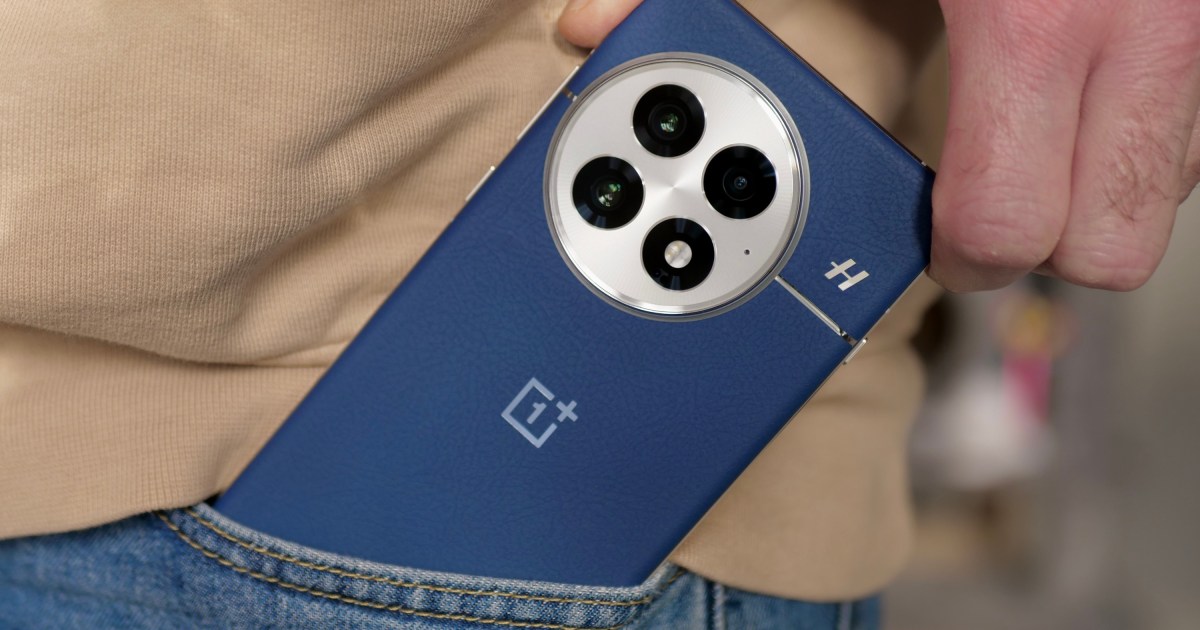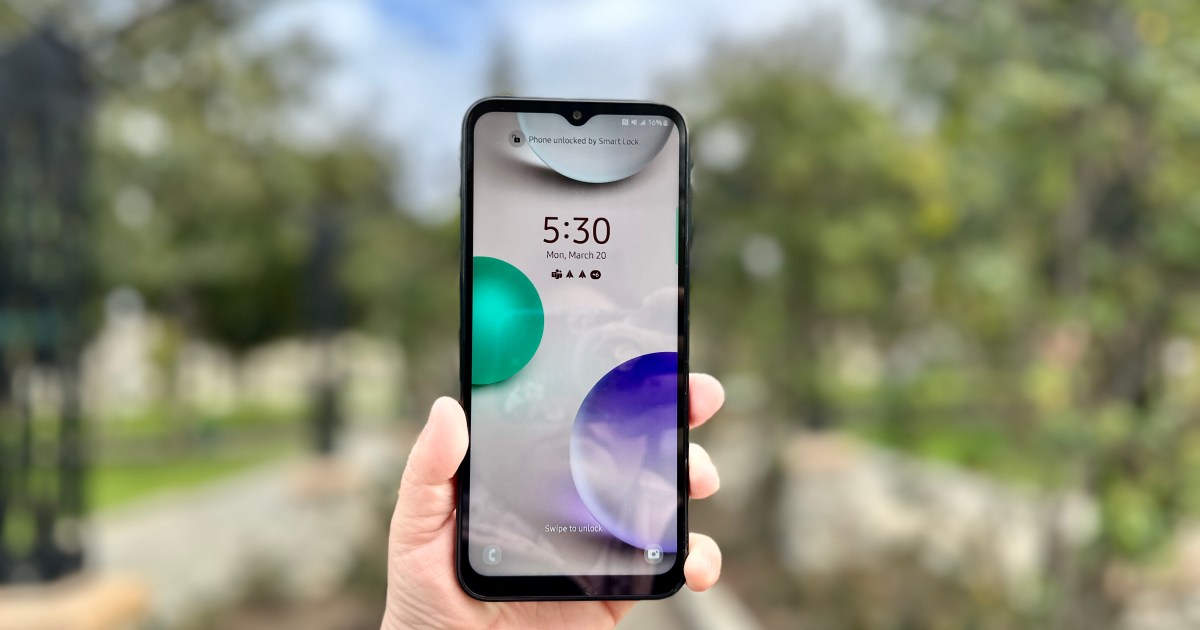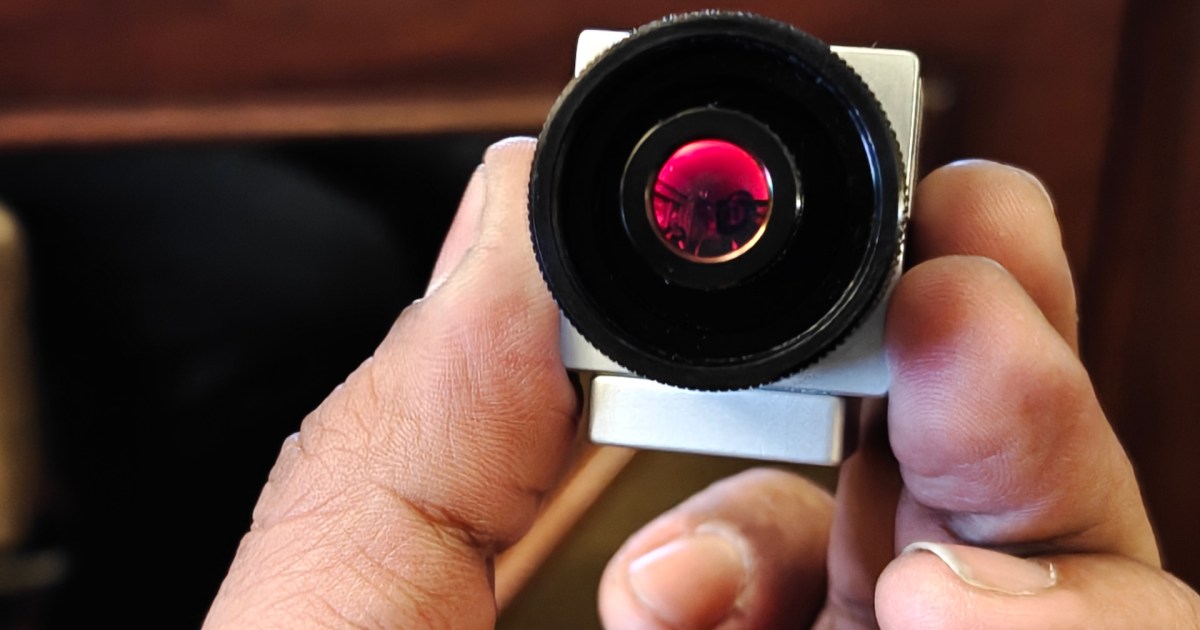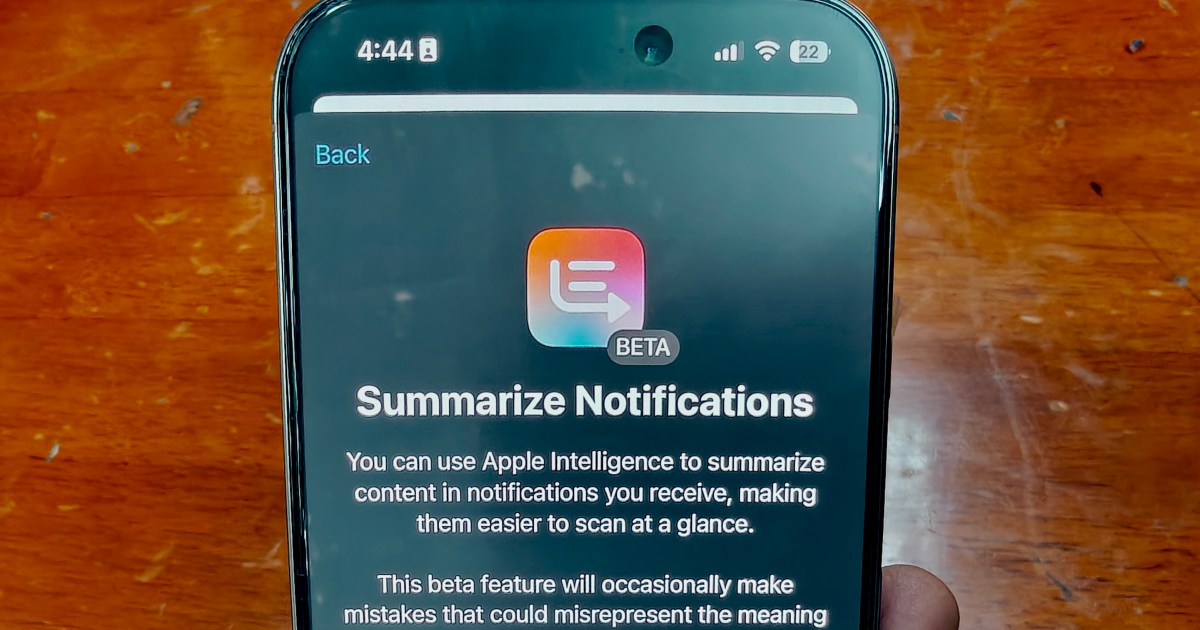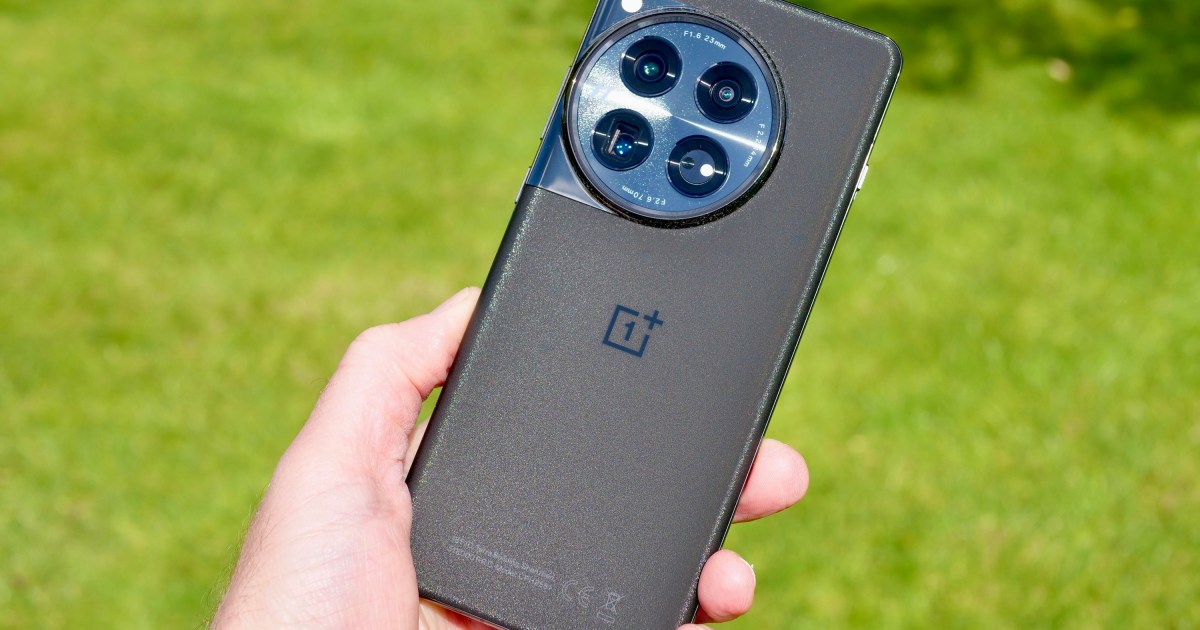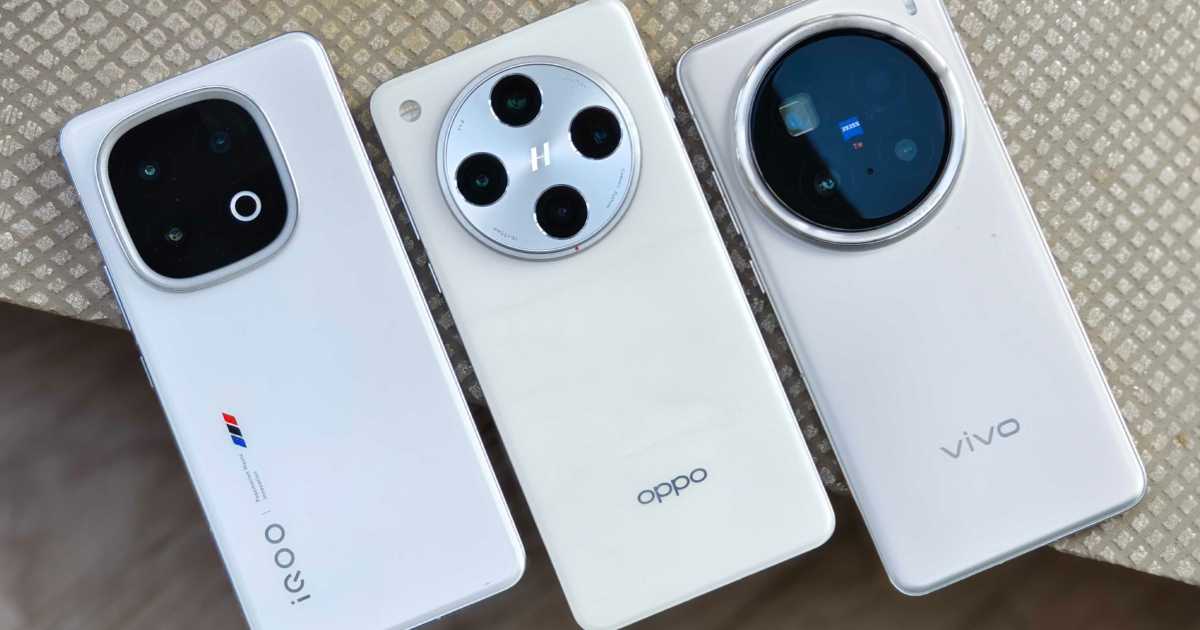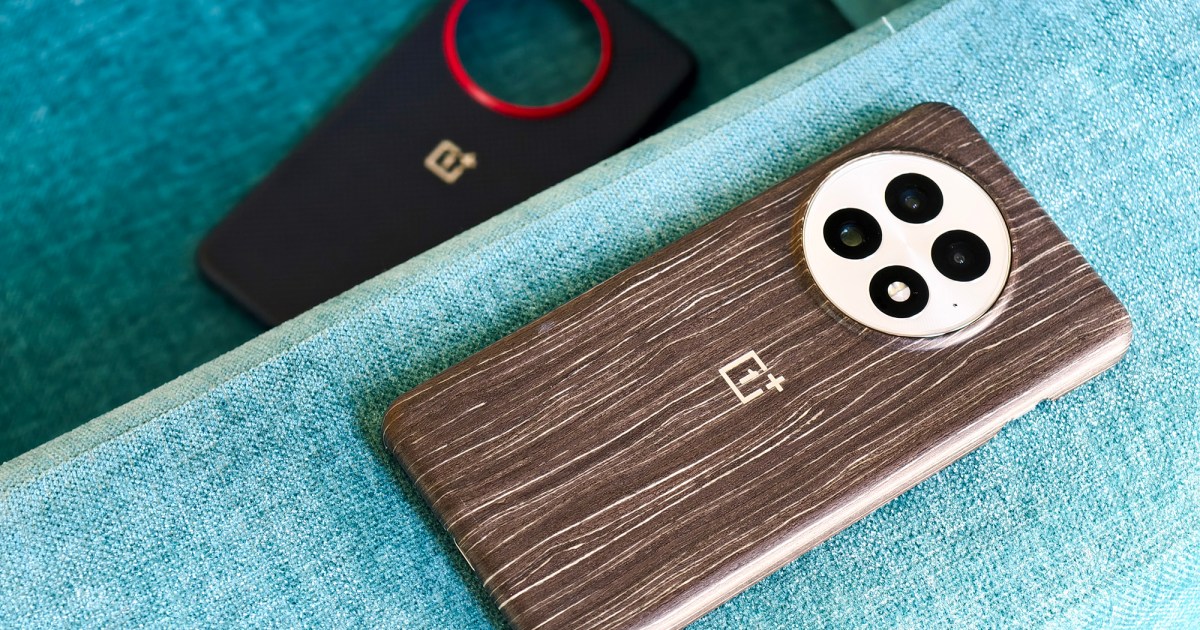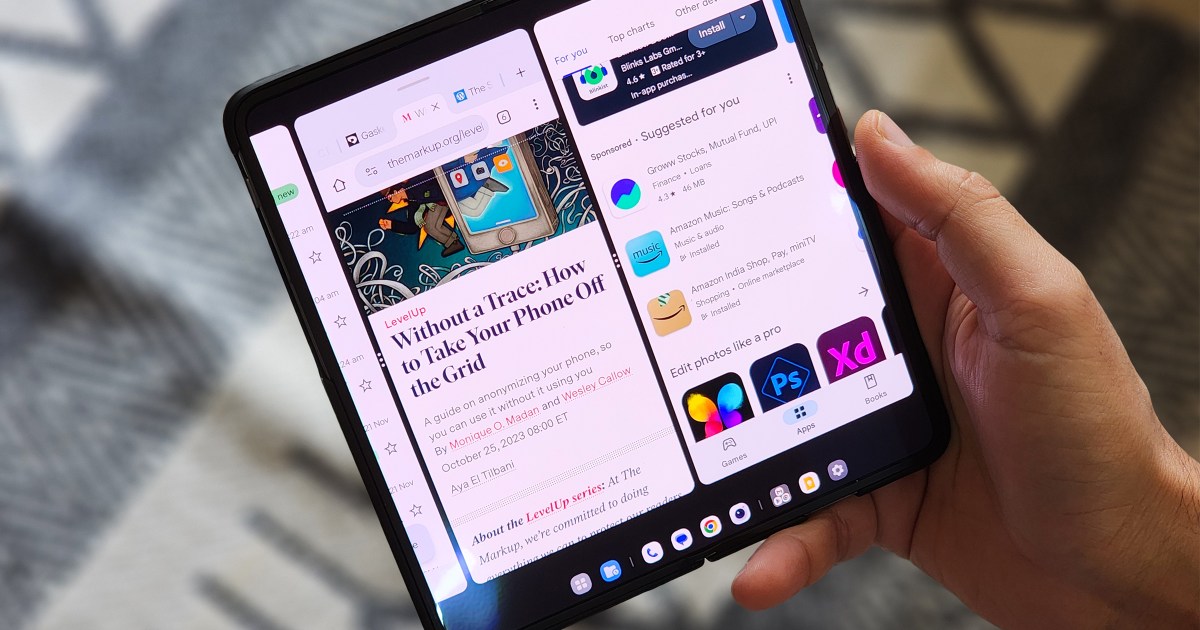OnePlus has recently unveiled two new contenders in the smartphone arena: the OnePlus 13 and the OnePlus 13R. The OnePlus 13, following in the footsteps of its predecessor, the OnePlus 12, aims for a top spot among the best Android phones of the year. Meanwhile, the OnePlus 13R positions itself as a budget-friendly powerhouse, offering impressive specifications for its price point. This comprehensive comparison will delve into the key differences between these two devices, helping you determine whether to invest in the premium OnePlus 13 or opt for the more affordable OnePlus 13R.
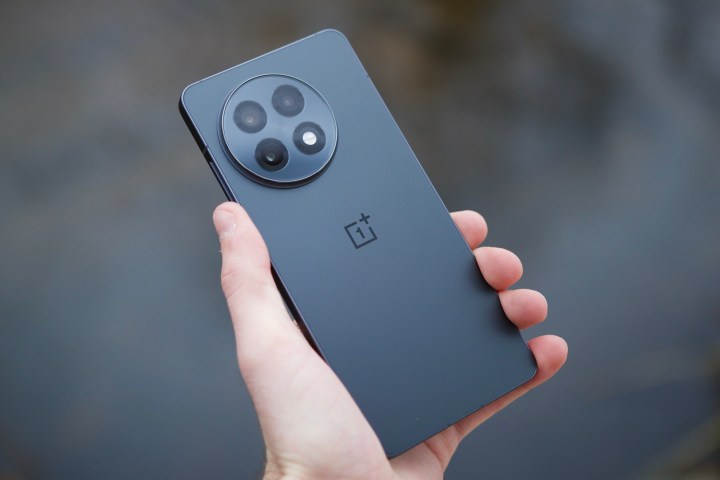 Someone holding the OnePlus 13R, showing the back of the phone.
Someone holding the OnePlus 13R, showing the back of the phone.
Design and Display: A Tale of Two Screens
While these phones share a similar aesthetic at first glance, the tactile experience differs significantly. The OnePlus 13 boasts a slightly curved back and a polished metal chassis, contrasting with the 13R’s flatter design and matte aluminum frame. The Midnight Ocean variant of the OnePlus 13 features a luxurious vegan microfiber back with a grippy, leather-like texture. Both devices retain the signature OnePlus alert slider and an IR blaster.
The displays, while both OLED, offer subtle distinctions. The OnePlus 13’s flat 6.82-inch screen minimizes accidental touches, a departure from the curved edges of its predecessor. Although slightly larger and with a higher resolution than the 13R’s 6.78-inch panel, the difference is negligible in practical use. Both support HDR10+ and offer comparable brightness.
The OnePlus 13 introduces innovative features like a glove mode and wet finger usage. However, initial reviews reveal occasional sensitivity issues and difficulties with upward swipes. In contrast, the OnePlus 13R utilizes Gorilla Glass 7i for robust drop protection and boasts an IP65 rating for water resistance. The OnePlus 13 surpasses this with an IP68/IP69 rating, withstanding submersion and high-pressure water jets. Considering the initial display concerns with the OnePlus 13, the 13R emerges as the winner in this category.
Performance: Powerhouses in Their Own Right
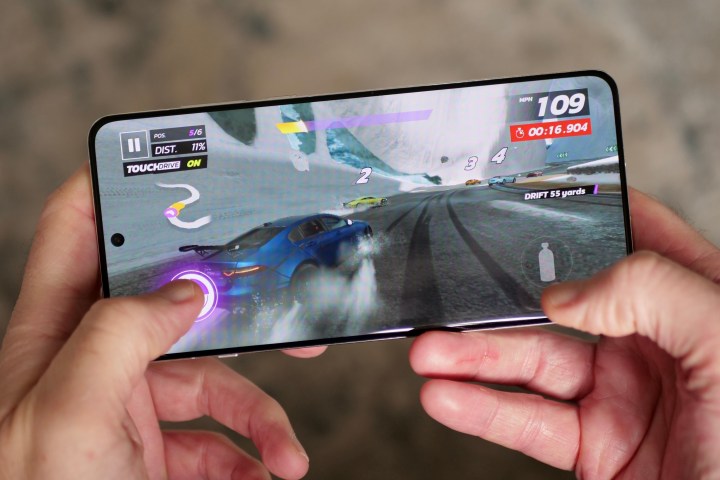 A person playing a game on the OnePlus 13.
A person playing a game on the OnePlus 13.
The OnePlus 13 is powered by the cutting-edge Qualcomm Snapdragon 8 Elite processor, coupled with 12GB or 16GB of RAM and 256GB or 512GB of storage. While everyday use and casual gaming remain smooth, intense gaming sessions can lead to noticeable heat buildup in the metal chassis. The combination of the latest Snapdragon chip and OxygenOS 15 ensures a fluid and lag-free experience, even during multitasking.
The OnePlus 13R, while equipped with the slightly older Snapdragon 8 Gen 3, delivers impressive speed comparable to flagships like the Samsung Galaxy S24 Ultra and OnePlus 12. With 12GB of RAM and 256GB of storage, the 13R handles demanding tasks with ease. Both devices demonstrate exceptional performance, making this round a tie.
Camera Capabilities: A Clear Advantage for the Flagship
 The OnePlus 13
The OnePlus 13
The OnePlus 13 flaunts a superior camera setup, featuring three 50MP rear cameras: primary, wide-angle, and a 3x optical zoom telephoto lens. The 13R offers a 50MP main camera, a 50MP telephoto lens with 2x optical zoom, and an 8MP ultrawide lens. The OnePlus 13 also boasts a 32MP selfie camera compared to the 13R’s 16MP front camera.
Despite its less powerful hardware, the OnePlus 13R captures respectable photos, especially considering its price point. While lacking the Hasselblad partnership and the extreme zoom capabilities of flagship competitors, its camera performance is generally satisfactory.
The OnePlus 13 delivers vibrant, detailed images in most lighting conditions, with impressive color accuracy. The Hasselblad collaboration brings unique filters and X Pan mode, appealing to photography enthusiasts. Additional features include Burst mode, 60fps Action mode for videos, Smart Scene modes, and a 6x hybrid zoom. The OnePlus 13’s superior hardware and feature set secure its victory in this category.
Battery and Charging: Speed vs. Longevity
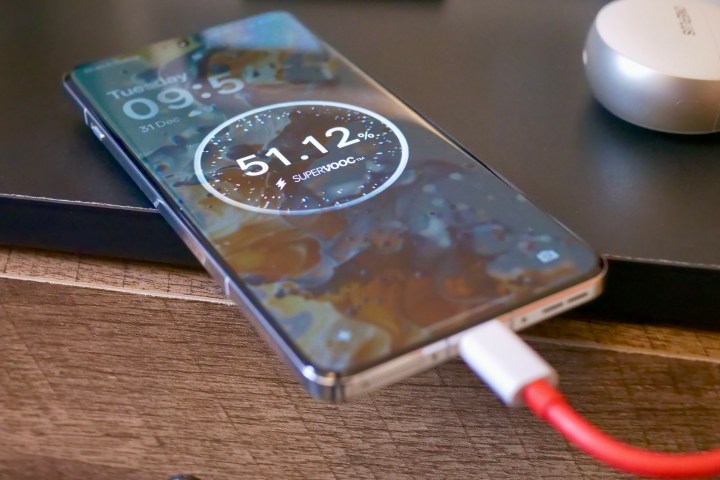 The OnePlus 13 on charge.
The OnePlus 13 on charge.
Both phones pack a substantial 6,000mAh battery, promising two days of usage on a single charge. However, charging speeds differentiate the two. The OnePlus 13 supports 100W wired charging (charger sold separately), achieving a full charge in 36 minutes. Wireless charging is also available at 50W. The OnePlus 13R, disappointingly, only supports 55W wired charging, a downgrade from its predecessor, and lacks wireless charging altogether. The OnePlus 13 emerges as the clear winner in this round.
Software and Updates: Parity Across the Board
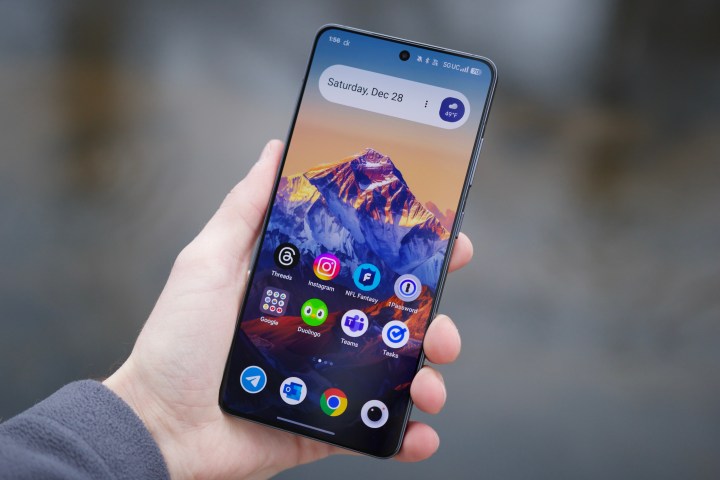 Someone holding the OnePlus 13R with its screen turned on.
Someone holding the OnePlus 13R with its screen turned on.
Both devices run Android 15 with OxygenOS 15, offering a customizable yet near-stock Android experience. Both will receive four years of OS updates and six years of security updates, a welcome improvement but still trailing behind competitors like Samsung. This category results in a tie.
Price and Availability: Balancing Cost and Features
The OnePlus 13 starts at $900 for the 12GB/256GB model, while the 16GB/512GB version costs $1,000. The OnePlus 13R, significantly more affordable, starts at $600 for the 12GB/256GB configuration. Both are available in Black Eclipse, Midnight Ocean, and Arctic Dawn. Availability varies by region, with purchases possible directly from OnePlus, Best Buy (Canada and US – select models), and potentially Amazon in the future.
The Verdict: OnePlus 13 Takes the Crown
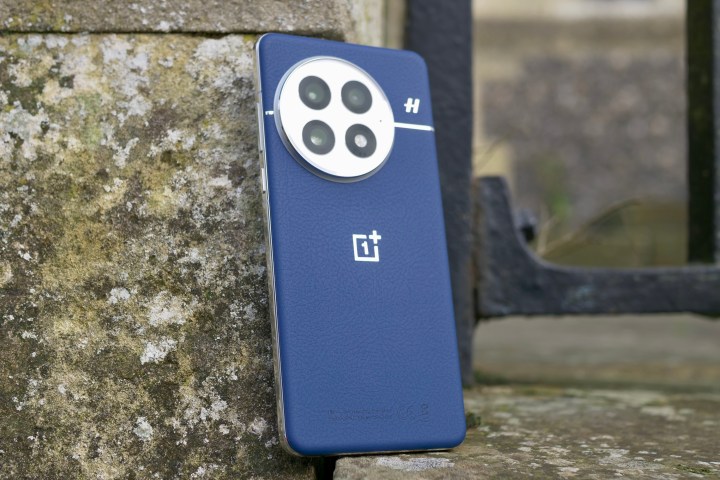 The back of the OnePlus 13.
The back of the OnePlus 13.
Both the OnePlus 13 and OnePlus 13R are compelling smartphones, catering to different needs and budgets. While the 13R offers excellent value, the OnePlus 13 justifies its higher price tag with a superior display (despite initial hiccups), the latest Snapdragon processor, more RAM and storage options, faster charging, and a more versatile camera system. The OnePlus 13 ultimately emerges as the winner in this head-to-head comparison.



